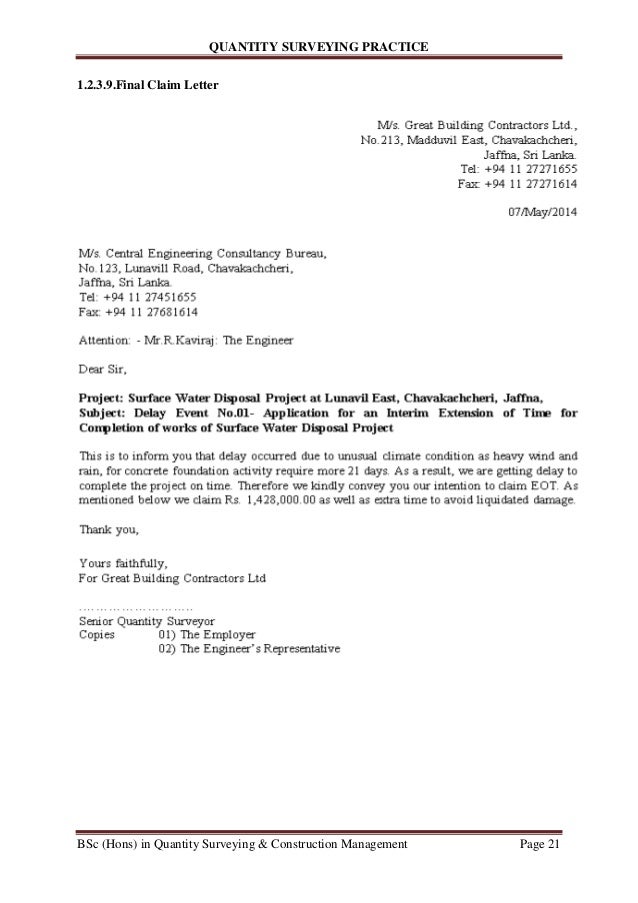
Go through the list to know more about these online services. To help novice users, I have also included the necessary font conversion steps in the description of each service. After specifying all the parameters, you can start the conversion process. In some services, you also get tools to adjust font parameters like Unicode range, subset, characters, font display, etc. Apart from locally stored TTF files, you can also fetch and convert cloud-stored TTF files to EOT file format. To speed up the conversion process, some services also let you batch convert multiple TTF files to EOT at a time. Through most of these services, you can also convert TTF fonts to DFONT, PFA, BIN, PT3, PS, etc., font files, and vice-versa. As all of these services are completely online, thus you can access and use them from anywhere. If you want to convert TTF fonts to EOT fonts, then you can use these online TTF to EOT converter services. On the other hand, EOT or Embedded Open Type is designed by Microsoft to use as embedded fonts on webpages. This font format gives font developers the ability to precisely control how their font will look on a specific device. TTF or TrueType font is developed by Apple for their macOS devices that also become quite popular among Windows devices.

There are probably very few legit reasons that he or she would only have the font in that format.Here is a list of best free online TTF to EOT converter services. Even if that reverse engineering method works, you're probably not going to get the whole font and you might be violating someone's Terms of Service (the font's or Microsoft's). You're better off talking to the person who provided you the font and explaining that you can't work with EOT. A bit over my head, but it might be useful to you. So, they hunt through DLLs to see how Internet Explorer parses EOT files, and then hook into that method to achieve what they want. Here's the dated resource that I was able to find - they point out that they weren't able to find any resources that reverse-engineer EOT files. So, even if you can convert, you're probably not supposed to and you're probably not going to get every glyph that was in the original typeface. Other copy protection measures used are encryption and a list of "trusted roots" at the source end, and a proprietary decrypting DLL at the receiving end. Subsetting reduces the value of copying, as subsetted fonts will typically omit more than half of the characters.

From the Wikipedia article:Įmbedded OpenType includes features to discourage copying.

The only helpful post I was able to find online is from mid-2008, so it's certainly possible that someone has released a tool since then.ĮOT is a Microsoft thing, and it appears to be somewhat proprietary and locked down to discourage reverse-engineering.


 0 kommentar(er)
0 kommentar(er)
